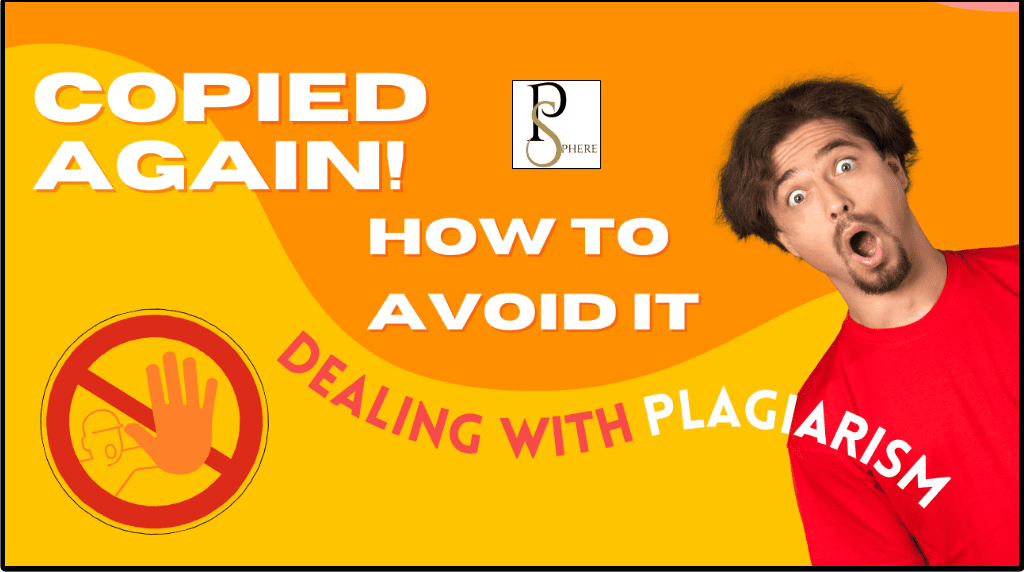Imagine this scenario: You’ve put in hours of research and hard work to write an assignment. But when you submit it, you discover that it contains plagiarized content. Plagiarism can have severe consequences, jeopardizing your academic or professional reputation. In this comprehensive guide, we will explore how to avoid plagiarism in your assignment. This will equip you with the knowledge and tools to ensure your work is original and authentic.
What is plagiarism?
Plagiarism is the act of using someone else’s work, ideas, or words without giving them proper credit. It is an ethical violation and is considered a serious offense in academic and professional settings. Plagiarism can occur by directly copying someone else’s work or by failing to acknowledge and cite sources properly. While accidental plagiarism is possible, it is crucial to understand and adhere to ethical practices to avoid it altogether.
Importance of Avoiding Plagiarism:
Maintaining academic integrity is essential for personal growth, knowledge acquisition, and building trust with peers, professors, and employers. By submitting original work, you not only showcase your understanding of the subject matter but also demonstrate your ability to think critically and engage in independent research. Additionally, avoiding plagiarism fosters a culture of originality and respect for intellectual property.
How to check for plagiarism?
It’s essential to know how to check for plagiarism in order to submit your assignments free of plagiarism. There are several effective methods to ensure the originality of your work.:
Manual Review: Carefully review your assignment, ensuring that you have properly cited and referenced all sources. Look for any sections that may require further paraphrasing or rewording.
Plagiarism Checker Tools: Utilize online plagiarism checker tools to compare your assignment against a vast database of sources. These tools highlight any potential matches, allowing you to make necessary revisions and avoid unintentional plagiarism. We will explore these tools in more detail later in the post.
How to avoid plagiarism in your assignment:
To write an original assignment that accurately represents your understanding of the subject matter, consider adopting the following techniques:
1. Understanding and rewording the source material:
When researching, it’s crucial to comprehend the content thoroughly before attempting to paraphrase or reword it. Take notes, highlight key points, and ensure a deep understanding of the material. Then, put the information in your own words, incorporating any necessary citations.
2. Citing and referencing sources properly:
To avoid plagiarism, always credit the original source when including someone else’s work, ideas, or words in your assignment. Use appropriate citation methods, such as APA, MLA, or Chicago Style, and create a detailed reference list or bibliography at the end of your assignment.
3. Using Plagiarism Checker Tools:
Utilize plagiarism checker tools to verify the originality of your content. These tools scan your assignment against millions of sources to identify any potential matches. By using such tools, you can make necessary revisions before submitting your work.
Popular Plagiarism Checker Tools:
Grammarly: Grammarly’s plagiarism checker is a widely used tool, offering comprehensive grammar and plagiarism checking. It provides detailed explanations and suggestions for improving your assignment’s originality.
Turnitin: Popular among academic institutions, Turnitin is known for its extensive database of student papers. It allows you to compare your assignment against a vast collection of academic work, offering detailed reports and similarity scores.
Copyscape: Focusing primarily on web content, Copyscape identifies any copied content from websites. It helps you ensure that your assignment does not replicate information found online.
How to Use Plagiarism Checker Tools:
Using plagiarism checker tools is a straightforward process:
- Sign up or log in to the plagiarism checker tool of your choice.
- Upload or copy and paste your assignment into the tool’s interface.
- Initiate the plagiarism check and wait for the tool to analyze your assignment.
- Review the generated report, which highlights any potential plagiarism or matches found.
- Make the necessary revisions to your assignment, rephrasing or citing the identified sections as needed.
Conclusion:
In conclusion, avoiding plagiarism is crucial for maintaining academic integrity and fostering a culture of originality. By understanding the concept of plagiarism, employing proper citation techniques, and using plagiarism checker tools effectively, you can ensure your assignments are plagiarism-free. Remember, the effort you put into creating authentic work not only showcases your knowledge but also develops your skills as a critical thinker and ethical writer. So, always strive to do your assignments without plagiarism, and watch your academic or professional journey thrive.
Also see: Canva for Education: Your Ultimate Assignment Guide
Enjoy this blog? please spread the word.